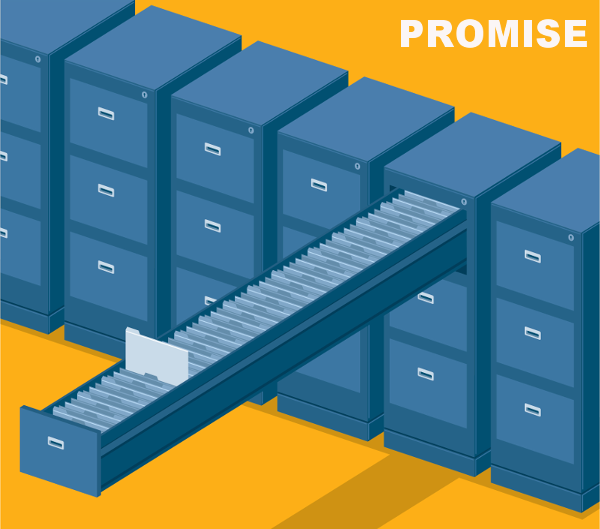GitSonifier
URL
Change Log
| When | What |
|---|---|
| December 12th, 2015 | Donated by Haifa Alharthi |
Reference
Studies who have been using the data (in any form) are required to include the following reference:
@inproceedings{North:2015:GUS:2786805.2803199,
author = {North, Kevin J. and Bolan, Shane and Sarma, Anita and Cohen, Myra B.},
title = {GitSonifier: Using Sound to Portray Developer Conflict History},
booktitle = {Proceedings of the 2015 10th Joint Meeting on Foundations of Software Engineering},
series = {ESEC/FSE 2015},
year = {2015},
isbn = {978-1-4503-3675-8},
location = {Bergamo, Italy},
pages = {886--889},
numpages = {4},
url = {http://doi.acm.org/10.1145/2786805.2803199},
doi = {10.1145/2786805.2803199},
acmid = {2803199},
publisher = {ACM},
address = {New York, NY, USA},
keywords = {conflicts, sonification, version control history},
}
About the Data
Attribute Information
Developer Earcons, Examples of Sonifying Developers, Day Separator Earcon, Day Separator Example, Conflict Drums: One Conflict, Conflict Drums: Two Conflicts., Conflict Drums: Three Conflicts, Conflict Drum Examples, Sonification of Real-World Data, Task Sonification Used in Our User Study
Paper Abstract
There are many tools that help software engineers analyze data about their software, projects, and teams. These tools primarily use visualizations to portray data in a concise and understandable way. However, software engineering tasks are often multi-dimensional and temporal, making some visualizations di cult to understand. An alternative for representing data, which can easily incorporate higher dimensionality and temporal information, is the use of sound. In this paper we propose the use of sonifcation to help portray collaborative development history. Our approach, GitSonifer, combines sound primitives to represent developers,days, and conficts over the history of a program’s development. In a formative user study on an open source project’s data, we find that users can easily extract meaningful information from sound clips and differentiate users, passage of time, and development conflicts, suggesting that sonifcation has the potential to provide benefit in this context.
